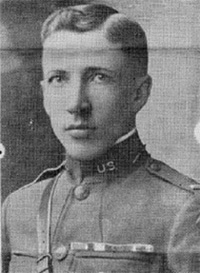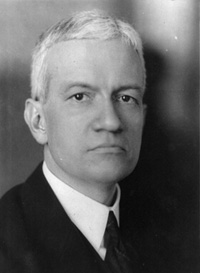History of Foundation Transparency
|
|
| B. Carroll Reece |
The movement for foundation transparency is not new. It actually began back in the 1950s, during the period of McCarthyism, before the Foundation Center was founded. It was during this period that the words “glass pockets” were first used to describe a new vision for how foundations might open up their work to the world. The phrase came up during congressional hearings held during the mid-1950s, when foundation leaders found themselves in the uncomfortable position of being brought in for questioning as part of McCarthy-era inquisitions.
The investigations spanned two congressional commissions—first the Cox Commission hearings in 1952, followed by another congressional investigation by the Reece Commission in 1953-1954.
|
|
| Russell Leffingwell |
This period also marked a time of rapid growth in the number of foundations and the dollars they represented: from 505 foundations holding an estimated $1.8 billion in assets in 1944 to more than 1,000 foundations in 1950 holding over $2.5 billion in assets. With this rapid expansion in the numbers of foundations in the 1940s and 1950s, there were also growing concerns among the leaders of the older and established foundations that some new foundations did not understand the need for openness. As the inquisition fervor grew, foundation leaders who were called to testify realized that as foundation wealth and influence grew, so did the need for better information about this growing field.
One of the foundation leaders called to testify was Russell Leffingwell, a banker by trade, who served as board chair of the Carnegie Corporation. During his many hours of testimony, Leffingwell uttered many insightful and forward-thinking statements. Among them was his belief that, “The foundation should have glass pockets,” so that anyone could easily look inside foundations and understand their value to society, thereby inspiring confidence rather than suspicion.
As a result of the scrutiny from the Cox and Reece congressional hearings, foundation leaders realized that the lack of understanding of institutional philanthropy was one of the critical factors leading to such suspicions. And the lesson learned was that the best way to preserve philanthropic freedom was not to hide behind it; rather, foundations needed to tell the story of what they were doing, why they were doing it, and what difference it made in the world.



